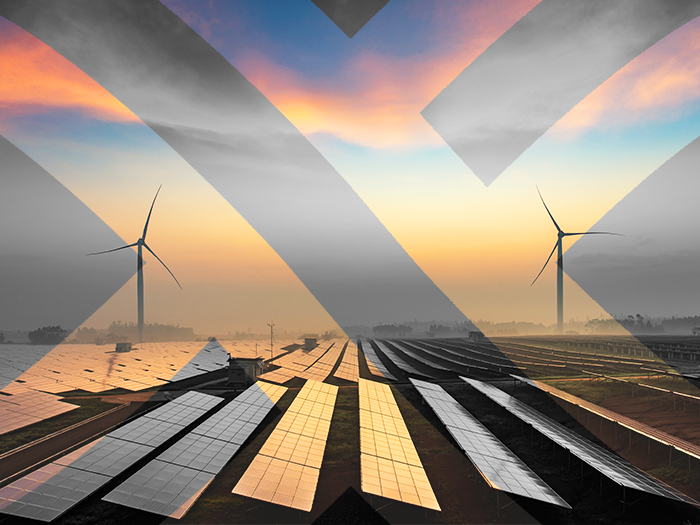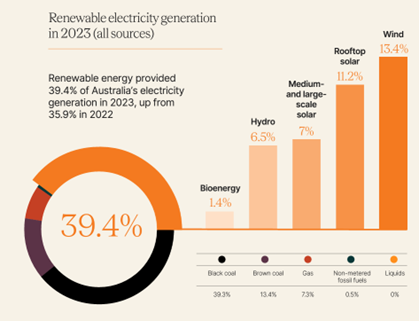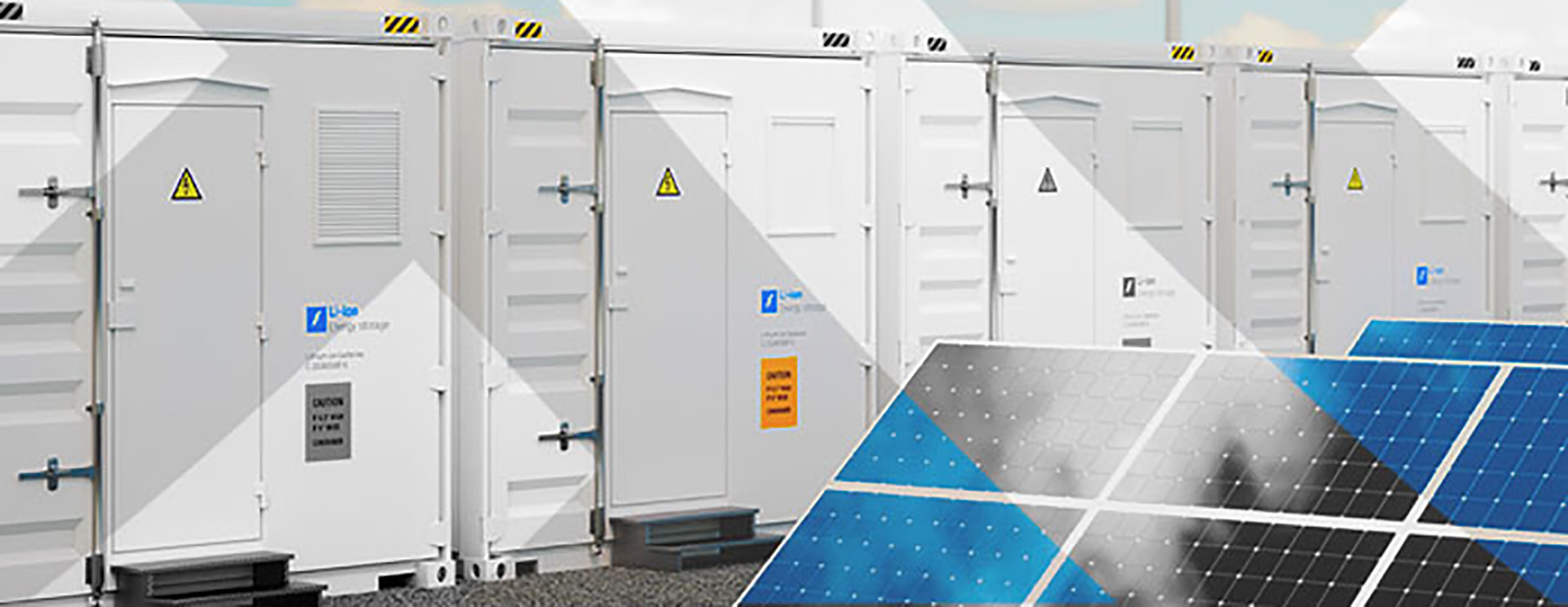News
better business decisions
Posted 1 year ago | 2 minute read

Batteries and solar star in 2023, says Clean Energy Council
Large battery storage and small-scale solar led in terms of technologies in Australia’s energy transition in 2023, with PV installed by homes and businesses making up the majority of the record 5.9GW of new renewable energy capacity added to the grid over the course of the year, the Clean Energy Council (CEC) has said.
In its Clean Energy Australia 2024 report, published on 12 March, the CEC said 2023 was a “very positive” year, despite a slowdown in investment in large-scale renewables, with “a fantastic set of results for rooftop solar and record-breaking figures for investment in utility scale storage.” Renewables overall accounted for nearly 40% of Australia’s total electricity supply at 39.4%, while figures for generation capacity added were strong at 5.9GW, up from 5GW in 2022.
New rooftop solar installation fell just short of a new all-time annual record, but accounted for 28.5% of all renewables installed for the year, up from 25.8%. The report also notes that rooftop solar generated an average of 11.2% of Australia’s electricity in 2023, providing more than a tenth of Australia’s total energy for the first time.
In terms of renewables, this makes rooftop solar the second-biggest contributor to the grid, next to large-scale wind power. Across the board, rooftop solar comes in fourth, ahead of gas, but behind wind (13.4%), brown coal (13.4%) and black coal (39.3%).

Source: CEC
The report also notes that 2023 was a “bumper year” for large-scale energy storage, with 27 large-scale batteries under construction at the end of 2023, totalling approximately 5GW/11GWh. This, says the report, is a significant increase on the equivalent figures from 2022: 19 batteries under construction totalling approximately 1.4GW/2GWh. Investment stands at a massive $4.9B, up from $1.9B in the year prior.
GridBeyond Sales Director Lisa Balk said:
“Australia is experiencing a complex, rapid and irreversible energy transformation and taking full advantage of the flexibility that can be harnessed from demand side assets will be crucial is keeping the costs of the transition as low as possible, while ensuring reliability of the grid in an increasingly renewables dominate energy mix.
“At GridBeyond we use machine learning and AI-powered technologies, driven by data science, that enable I&C businesses to participate in a wide range of programmes for enhanced energy automation, insights and benchmarks, savings, revenues and sustainability.”

Creating value via co-locating batteries in Australia
On Demand Webinar: Creating value via co-locating batteries Recent developments in battery storage technology and the drop in availability of […]
Learn more





